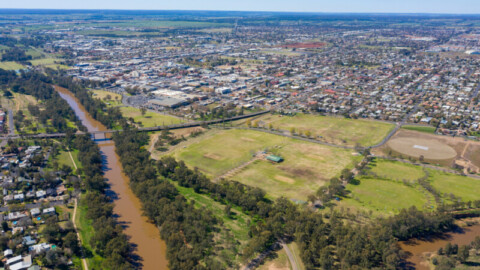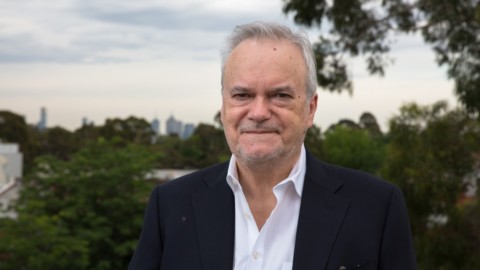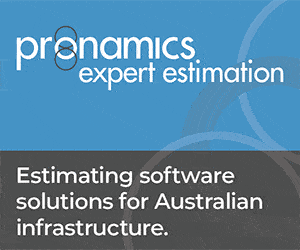Fifty five Victorian local councils have teamed up to form an Electric Vehicle charging stations network to develop public infrastructure for the zero-emission vehicles.
Charging the Regions, led by the Central Victorian Greenhouse Alliance (CVGA), is made up of fifty five Victorian local councils and has examined optimal site locations and priority towns, and what regional and metropolitan councils have learned from the types of chargers installed so far.
CVGA Executive Officer, Rob Law, said the project grew from discussions between the Central Victorian Greenhouse Alliance and the Goulburn Broken Greenhouse Alliance.
“We noticed that our council members were either installing public chargers or seeking information on how to, so we saw an opportunity to bring councils together,” he said.
“Working collaboratively there is a big opportunity for councils to develop a comprehensive dense charging network right across the state.
“This would help to promote greater EV uptake, support regional tourism and economic development, whilst delivering on sustainability objectives.”
Mr Law said local councils have a niche role to play with EV charging, because most vehicles will be charged at home or at workplaces.
“There will be a growing need for access to public infrastructure for top up and destination charging,” he said.
“Uptake of EVs is expected to dramatically increase in the next few years, and there is a risk that infrastructure will not be there to support them when that happens.
“This project helps councils get on the front foot and help people considering buying an EV to overcome any sense of ‘range anxiety’.”
The project’s interim report by Ndevr Environmental features case studies including metropolitan and regional Victorian councils, the NRMA’s and Queensland’s charging networks, and New Zealand’s experience since its Ministry of Transport announced an EV program in 2016.
The challenges identified by Victorian councils include electricity distribution and determining which locations can get three phase power connections.
“Council-owned land often does not have a street address, which can make it complicated for identifying the location; and the network limitations are irrelevant if you cannot get planning approval,” the report said.
Another factor is that solar powered charging stations involve two agreements – one for load connections to get a supply and one for embedded generation connection to get solar to a site.
The next three stages of Charging the Regions comprise investment and implementation options, consultation and communication materials, and a final report due to be delivered in May 2020.
The project is co-funded by local councils and the Victorian Department of Environment, Land, Water and Planning, and also involves greenhouse action alliances across the state and the Electric Vehicle Council.

















